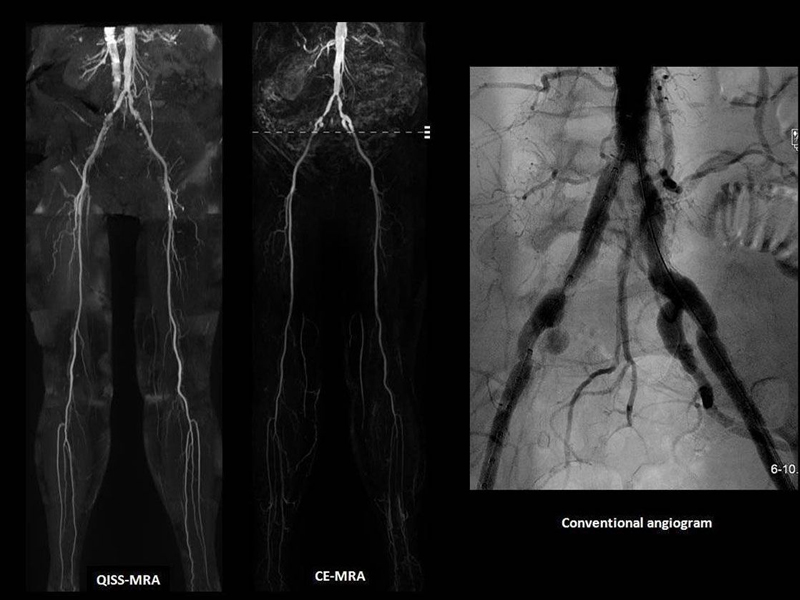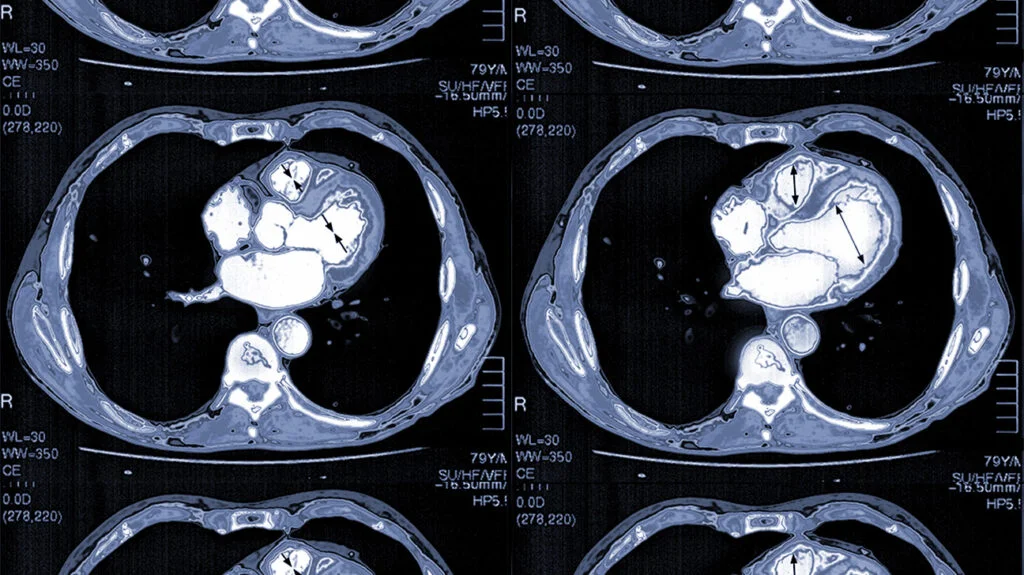CT Angiography
CT Angiography (CTA) is a non-invasive imaging method for visualizing blood arteries in the heart, brain, lungs, and kidneys. It helps physicians detect and assess diseases including blockages, aneurysms, and other vascular anomalies by generating precise pictures of blood arteries using advanced computed tomography (CT) equipment alongside with a contrast dye.

The Importance of CT Angiography in Detecting Heart Disease
Heart disease is a primary cause of death globally, making early detection necessary for effective therapy. CT angiography is necessary to detect heart problems like:
- Coronary Artery Disease (CAD): Detects narrowing or blockages in the coronary arteries, which can result in heart attacks.
- Aneurysms: Identifies abnormal bulging in blood arteries, avoiding ruptures.
- Congenital Heart Defects: Helps to identify structural issues in the heart from birth.
- Pulmonary Embolism: Identifies potentially life-threatening blood clots in the lungs.
Compared to traditional angiography, CTA offers a faster, less invasive alternative with high diagnostic accuracy, reducing the need for catheter-based pr
How CT Angiography Works
The CT Angiography process consists of many important steps:
- Contrast Injection: An iodine-based contrast dye is injected into a vein, usually in the arm, to make blood vessels more visible.
- CT Scan: The patient rests on a table that moves through a CT scanner, producing a series of high-resolution pictures.
- Image processing: These images are processed by a computer to generate a complete, three-dimensional model of the vascular system.
- Diagnosis and Evaluation: A radiologist examines images and reports to the referring physician for further action.

Preparing for a CT Angiography: What to Expect?
Proper preparation ensures accurate results and a smooth experience. Here’s what patients should know before undergoing a CT Angiography:
Before the Procedure
- Fasting: Do not eat or drink for at least 4-6 hours before taking the test.
- Medication Guidelines: Inform your doctor about any drugs you are taking, particularly those that disrupt kidney function or blood thinning.
- Allergy Check: If you are allergic to contrast dye, your doctor might prescribe antihistamines or steroids beforehand.
- Hydration: Consuming lots of water before and after the treatment helps in the removal of the contrast dye.
During the Procedure
- You will stay still on the scanning table when the contrast dye is injected.
- After the injection, you may experience a light heated feeling or a metallic taste.
- The scanner can take numerous images in a few minutes, requiring you to hold your breath briefly at times.
- The complete procedure usually takes between 15-30 minutes.
After the Procedure
- You can resume normal activities unless your doctor advises you otherwise.
- Drink plenty of fluids to help your kidneys remove the contrast dye.
- Focus an eye out for any allergic reactions, such as rash, itching, or difficulty breathing, and report them immediately as they occur.

Risks and Limitations of CT Angiography
While CT Angiography is generally safe, it does have some risks and limitations:
- Radiation Exposure: Although inadequate, it may not be safe for pregnant women.
- Contrast Dye Reactions: Some people might experience allergic responses or issues with the kidneys, especially those with pre-existing kidney diseases.
- Not Always Conclusive: In certain situations, additional tests, such as conventional catheter angiography, may be necessary for further assessment.
Alternatives to CT Angiography
Depending on the patient’s condition, doctors may recommend alternative imaging methods, including:
- Magnetic Resonance Angiography (MRA): is a vascular imaging technique that uses magnetic fields rather than radiation.
- Echocardiography: utilizes ultrasonography to evaluate heart function and blood flow.
- Catheter angiography: A more painful but comprehensive method of evaluating blood vessels.
For Your Information
- Do you know how to manage diabetes? effective strategies for a healthier life? Read more for interesting facts.
Conclusion
CT Angiography is an effective method of diagnosis which provides helpful insights into vascular health while requiring not much invasiveness. It is critical for early detection and management of heart disease, stroke, and other vascular diseases. Patients may take their CTA exam with confidence and clarity once they understand the method, preparation, and possible risks. Always confirm with your doctor to establish whether CT angiography is the best solution for your medical problems. If you feel any problem in your heart, now get the appointment with best cardiologist in Dubai Click here.